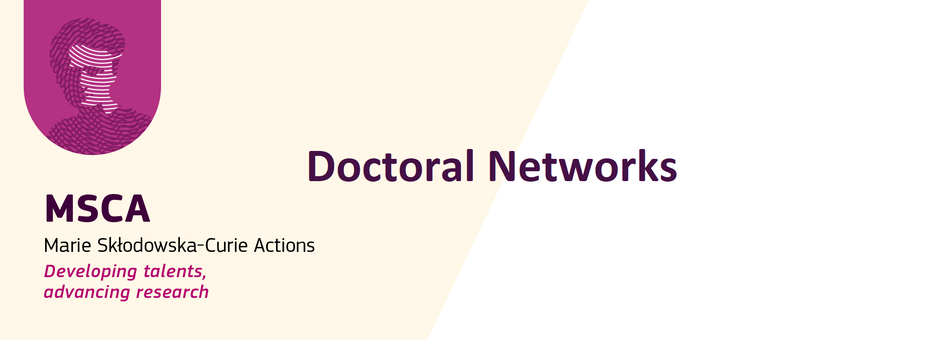Expected Outcome:
Activities under this topic will help to progress towards the objectives of the Mission ‘A Soil Deal for Europe’, in particular to its operational objective of building the knowledge base for soil health and its support to ecosystems services and its specific objective 4 “Reduce soil pollution and enhance restoration”.
Project results should contribute to all of the following outcomes:
- Increased understanding of the impact of various types of soil pollution on soil processes, soil functions and related ecosystem services along with increased insight into how soil pollution responds to different land-uses and soil-management practices, restoration mechanisms, emission controls, climate extremes, drying-rewetting cycles and land cover dynamics at various scales.
- Enhanced access to soil relevant knowledge and data for a wide range of stakeholders that can inform practices and policies for reduced levels of pollution, enhanced take up of sustainable soil management practices and restoration of polluted soils, especially those with high risk to human health and environmental wellbeing.
- Enhanced capacities are in place to integrate diverse data streams (including from Earth Observation), to model and predict soil-related processes and their interactions with soil pollutants, and ultimately to demonstrate the effectiveness of policy measures (for air, water, soils) and their impact on soils.
- Data and tools available can feed effectively and further advance the “Destination Earth” initiative[1].
Scope:
Depending on the scale, severity and type of contamination, pollutants can have a detrimental effect on soils by altering underlying chemical, physical and biological processes. Examples of common soil pollutants include heavy metals, persistent organic pollutants, pesticides, microplastics and emerging pollutants like pharmaceutical and personal care products. In agriculture, soil pollution has severe consequences with regard to food safety.
The capacity to carry out a comprehensive scenario analysis at EU level on the impact of key drivers on soil pollution (e.g. societal behaviour, changes in emissions, climate, land management practices) is currently lacking. Soil-oriented fate and transport models exist for certain pollutants (e.g. pesticides, radionuclides, nutrients, metals) but they are generally not integrated with each other, often lack a temporal capacity, and do not always provide a quantification of actual risk to human and environmental health. Models that address the extent, fate, and transport, of emerging contaminants (e.g. microplastics, pharmaceuticals, PFAS) are even scarcer.
In addition, environmental pollution modelling is also often compartmentalized despite a clear understanding that soil can be both a recipient of atmospheric deposition (e.g. nitrogen and sulphur) and a source of atmospheric pollutants and greenhouse gases (e.g. N2O, NH4, CO2, dust, nutrients). While also acting as a buffer to water bodies from pollutants, soils can be at the origin of some of the main problems affecting terrestrial ecosystems, freshwater and marine ecosystems (e.g. nitrification, eutrophication, pesticides, in both water column and sediment) as well as compromise the production of safe food and human health. Currently, there is no integrated modelling system that seamlessly links all three environmental compartments (soil, air, water). In addition there is a clear need to demonstrate that policy measures that affect air quality or industrial emissions can, over time, have a positive impact also on soils and water bodies.
Proposed activities should:
- Integrate and improve existing models and develop and test new models of soil processes that allow for better and easier integration of and reduced uncertainty about soil-related processes (physical, chemical and biological), with a particular focus on different forms of pollution and with a view to its prevention and reduction.
- Integrate soil processes modelling for quantification of soil ecosystem services with assessments of threats from diverse pollution sources.
- Ensure inter-operability between existing databases and their integration into Destination Earth and the EU Soil Observatory.
- Develop specific use cases for soil modelling towards the integration of local sustainable soil management practices or catchment or field scale modelling. This includes for example, the role of water and wind erosion in the movement of pollutants, nutrient flows in the context of circular economy, interactions between surface-subsurface-groundwater-air components, and links with the objectives of the Oceans and Climate Missions.
- Develop scenarios based on integrated models that show a) how changes in land management practices can reduce soil pollution (and in consequence air and water pollution) and b) the effects of policies on land management practices that avoid/reduce soil pollution.
Projects funded under this topic should demonstrate a route towards open access, longevity, sustainability and interoperability of knowledge and project outputs through close collaboration with the Joint Research Centre and its EU Soil Observatory[2]and take into account other relevant projects funded under the Mission ‘A Soil Deal for Europe’ (e.g. projects funded under the topic HORIZON-MISS-2022-SOIL-01-04: Remediation strategies, methods and financial models for decontamination and reuse of land in urban and rural areas and HORIZON-MISS-2023-SOIL-01-01: Discovering the subsoil) and Destination Earth.
The proposals selected under this topic should dedicate the necessary resources to work closely together to maximise synergies and minimise overlaps. Furthermore, coordination with the successful proposals under topic HORIZON-CL3-2024-DRS-01-0201: ‘Prevention, detection, response and mitigation of chemical, biological and radiological threats to agricultural production, forestry and to food processing, distribution and consumption’ should be envisaged to avoid duplication, and to exploit complementarities as well as opportunities for increased impact. To this end, proposals should foresee dedicated tasks and allocate appropriate resources.
In this topic, the integration of the gender dimension (sex and gender analysis) in research and innovation content is not a mandatory requirement.
[1] https://digital-strategy.ec.europa.eu/en/policies/destination-earth
[2] (https://joint-research-centre.ec.europa.eu/eu-soil-observatory-euso_en





